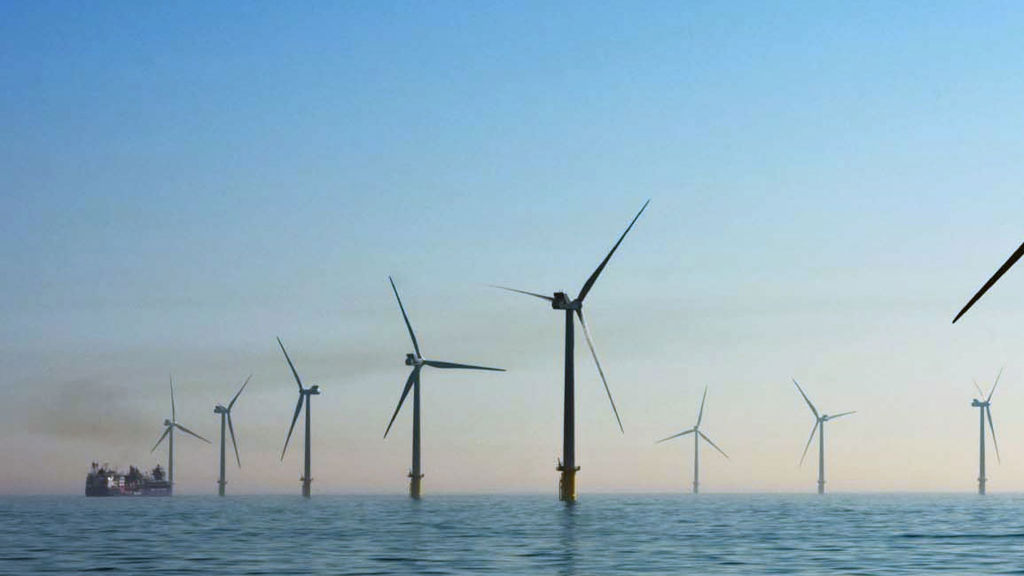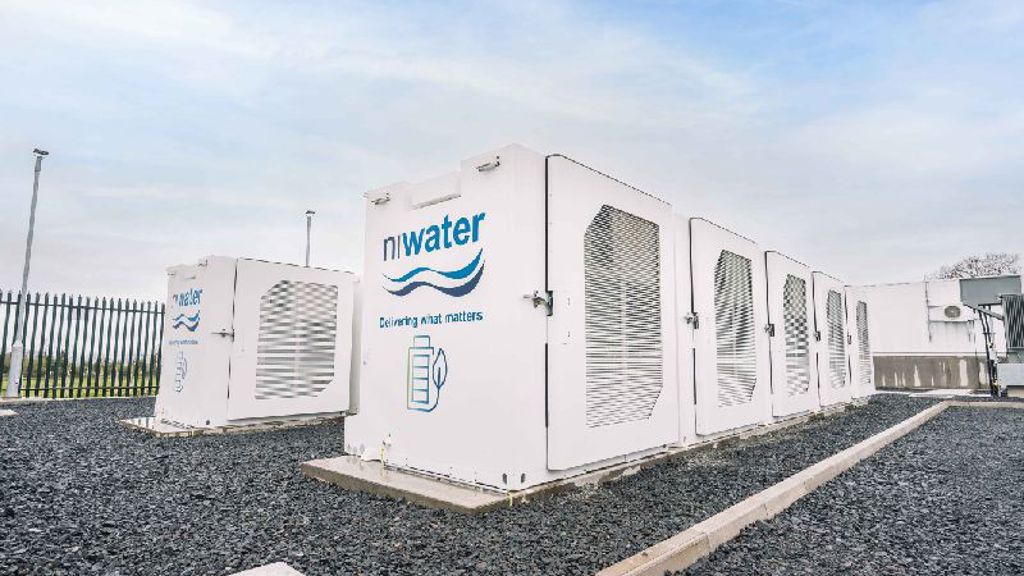A digital approach to support decision making
The complexity of interconnected energy systems, new technology and market volatility can result in uncertainty when planning. We helped the local authority to navigate this by carrying out whole systems hourly energy modelling, to ensure heat, power, transport and industrial energy were optimised at every stage of the planning assessment. Using innovative proprietary technology, we modelled four future energy scenarios in 2050 to give local leaders new insight into different potential building retrofit measures and low carbon technologies, bespoke to Pembrokeshire’s energy opportunities and constraints.
By digitally modelling the whole system in our Energy System Optimisation and Planning tool, we showed the rate and scale of change required to achieve local and national decarbonisation goals. This new knowledge enhanced the local authority’s confidence to make decisions, giving them a robust, technical evidence-base to inform their future energy implementation plan.
The unique local energy opportunity
Each local area has a different opportunity to achieve net zero. Understanding a place’s individual needs and engaging local stakeholders is key to exploring the right energy mix for the area, as well as the wider economic potential for energy plans to help deliver jobs and growth. For example, our work elsewhere in Wales, for Conwy, focussed on the potential for offshore renewables such as a tidal lagoon and offshore wind. In Newport, we sought to explore industrial innovation using the county’s established industrial base.
The future of local area energy planning
Whilst many areas share the same core goals, such as decarbonising transport and deployment of renewables, some energy solutions are more applicable in a specific place. A successful LAEP will strengthen leadership, community involvement and cohesion and support related sectors, such as transport and the built environment. By bringing together people and technology, Arup offers network level insights to help decision makers understand the right mix of energy solutions for their local area, and how to rapidly advance their journey to net zero in an affordable and equitable way.








